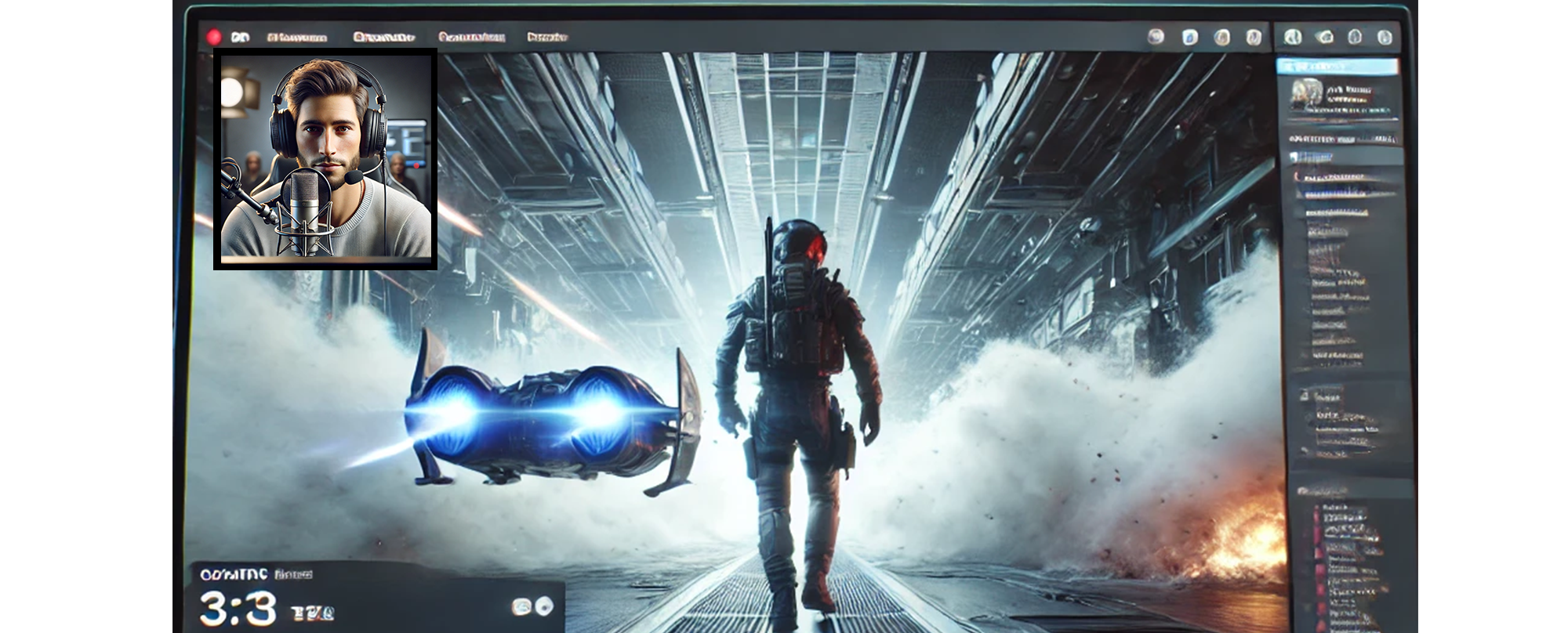Topic Overview: Thesis Statement and Key Concepts
Thesis
This informative website argues that utilizing publicly accessible intellectual property, such as art and writing, for training artificial intelligence (AI) models is both ethically sound and constitutes fair use, as it enables innovation while preserving the rights and value of original creators.
Transformative Process
 Figure 9.
Figure 9.
AI models do not simply replicate existing content but instead generate new outputs through a transformative process. By design, these models analyze vast datasets of publicly available material—images, writing, music—and produce something new. This aligns with the U.S. legal concept of transformative use, which involves altering the original content significantly enough to create new meaning, expression, or message.
In the landmark case Campbell v. Acuff-Rose Music Inc. (1994), the U.S. Supreme Court recognized that transformative use is a key consideration in determining fair use. By transforming the original work to contribute to innovation, AI training can be seen as engaging in a similar transformative process, which supports the argument that AI training is legally defensible.
Fair Use Doctrine
 Figure 10.
Figure 10.
The fair use doctrine allows for the legal use of copyrighted materials under specific circumstances, such as for commentary, criticism, or educational purposes. AI’s use of publicly accessible content fits into this doctrine as it provides a pathway to innovation. By contributing something new and not directly copying the original, AI training aligns with the principles of fair use.
Under U.S. copyright law, four factors are weighed to determine whether a use is fair:
- The purpose and character of the use (e.g., transformative or commercial)
- The nature of the copyrighted work
- The amount and substantiality of the portion used
- The effect of the use on the potential market for the original work
Mimics Human Learning
 Figure 11.
Figure 11.
AI’s process of learning by analyzing existing works mirrors how humans learn and create. People naturally draw inspiration from the world around them, including existing art, literature, and music, to create something new and original. This process, known as "building on the shoulders of giants," is a fundamental part of human creativity.
Similarly, AI models use publicly accessible content to generate new outputs that reflect unique combinations of ideas, perspectives, and creativity. While AI operates on a larger scale, using vast amounts of data, the underlying mechanism is similar. The ease of access to information and the scale of processing does not fundamentally change the nature of the creative process. This parallels how artists study and emulate past works to create new interpretations, reinforcing that AI’s approach is not an ethical violation but an extension of established creative processes. (Hatamizadeh et al., 2024)